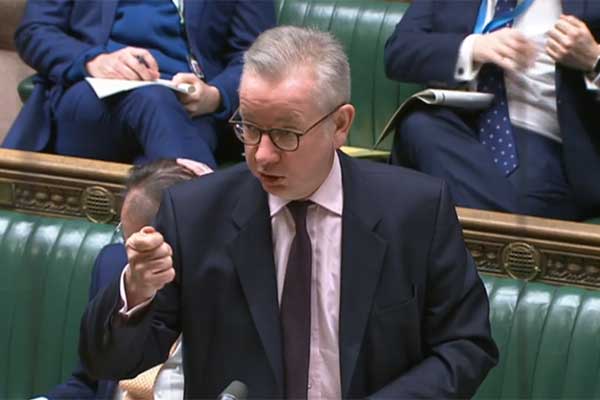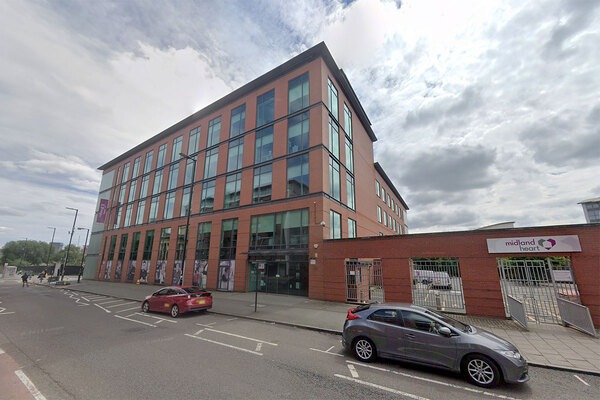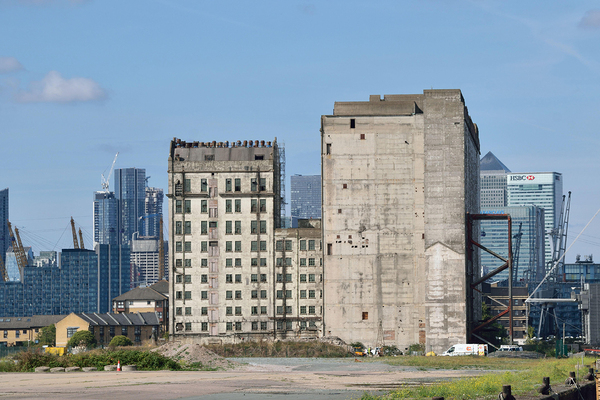You are viewing 1 of your 1 free articles
Government asks 53 companies to sign ‘pledge’ as more house builders make commitments
Redrow and Gleeson are the latest house builders to sign up to a government ‘building safety pledge’ that will see them help fund the remediation of blocks taller than 11 metres.
Similar announcements were made to the stock market yesterday by Persimmon and Crest Nicholson, followed by Berkeley and Taylor Wimpey, which indicated that they have signed up to the government’s pledge.
The pledge is understood to commit developers to fixing fire safety issues on buildings they own that are taller than 11 metres. The commitment also means the builders will not claim any money from the government’s Building Safety Fund to cover the costs of remediation on blocks they own.
In a statement this morning, Gleeson revealed that the Department for Levelling Up, Housing and Communities has asked 53 companies “sign a pledge confirming that they will take responsibility for performing or funding mitigation works to address life-critical fire safety issues on buildings over 11 metres in which the company had some involvement in developing and to secure withdrawal of those buildings from the Building Safety Fund and ACM Funds”.
Despite the commitments, it is still not clear where this leaves ‘orphan blocks’, where there is no developer to hold to account because the company that built it no longer exists. The government has previously stated that it wants to raise £4bn from developers to cover these costs.
The commitments made by some of the UK’s largest house builders appear to echo earlier proposals put forward by Stewart Baseley, executive chair of the Home Builders Federation, in a letter sent to housing secretary Michael Gove at the end of February.
But a week after the letter was sent, Mr Gove seemed to dismiss this commitment, saying the proposals put forward by the trade body “fell short” of what was needed. He said the proposals “fell short of full and unconditional self-remediation that he and leaseholders living in unsafe blocks expected to agree”.
Of the UK’s largest house builders, Bellway, Bovis, Vistry Group, Countryside Properties and Miller Homes are yet to publicly sign up to the government’s pledge.
Redrow said it had set aside £164m as a result of the pledge in addition to an existing provision of £36m. However, the house builder said “the exact remediation work required and for the exact number of buildings will take time to determine”.
Gleeson said it was involved in the development of 15 buildings that are taller than 11 metres before exiting from its legacy businesses and dedicating itself to low-cost housebuilding and land promotion.
It added: “The board is not aware of any material fire safety issues in respect of the 15 buildings it was involved in. However, it feels that in signing the pledge and by accepting its accompanying commitments, it is prudent to undertake a further assessment of each of the 15 buildings to determine that this remains the case.”
Barratt said it expects to spend between £350m and £400m in total on 211 buildings across 66 developments, although the work on 19 of those buildings has already been completed.
Keepmoat Homes said it only has a handful of developments that are taller than 11m, so the house builder was not expecting any remediation issues.
Update: at 14.20pm, 06.04.22
This story was updated to include a comment from Barratt.
Update: at 11.24am, 07.04.22
This article was amended to include a comment from Keepmoat Homes who published their commitment to the pledge on 5 April 2022.
Sign up for our fire safety newsletter
Already have an account? Click here to manage your newsletters












